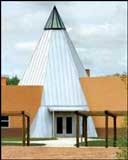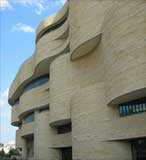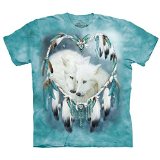People of the Legends
Indigenous People of North America - Navajo
Recent History - The Four Reservations and the Future
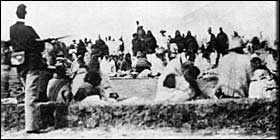 When the Navajo left Bosque Redondo, three groups chose not to live on the new reservation in the Four Corners region.
When the Navajo left Bosque Redondo, three groups chose not to live on the new reservation in the Four Corners region.
They set up the Ramah, Canoncito and Alamo reservations in western New Mexico. Today more than 5,000 Navajo live on these reservations.
Over time the US government gave back more land for the main reservation, and today the Navajo Nation covers more than 17 million acres, or 27,000 square miles. It includes nine national parks.
Many Navajo fought in World War I and in 1924 all Navajo people became US citizens.
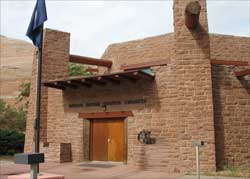 Oil was discovered on Navajo land in the 1920s and a tribal government was set up to administer oil leases.
Oil was discovered on Navajo land in the 1920s and a tribal government was set up to administer oil leases.
The centre of government is the Navajo Nation Council Chambers in Window Rock, Arizona where council delegates meet regularly and a yearly tribal council is held.
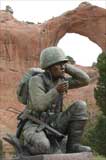 In World War II, Navajo Marines used their language skills as ‘Code Talkers’ to send messages around the Pacific.
In World War II, Navajo Marines used their language skills as ‘Code Talkers’ to send messages around the Pacific.
There are now over 250,000 Navajo. They maintain many of their old traditions and beliefs. Many of them still speak their own language and are teaching it to their children.
Tourism is an important part of the Navajo Nation’s future. People are employed in hotel management, as guides at the national parks, and in the visitor outlets, shops and trading posts that sell the rugs, silver and pottery crafted by Navajo artists.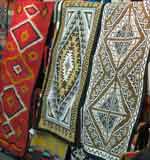
Navajo museums and cultural centres are also important for visitors who want to understand Navajo history and experience Navajo culture.
